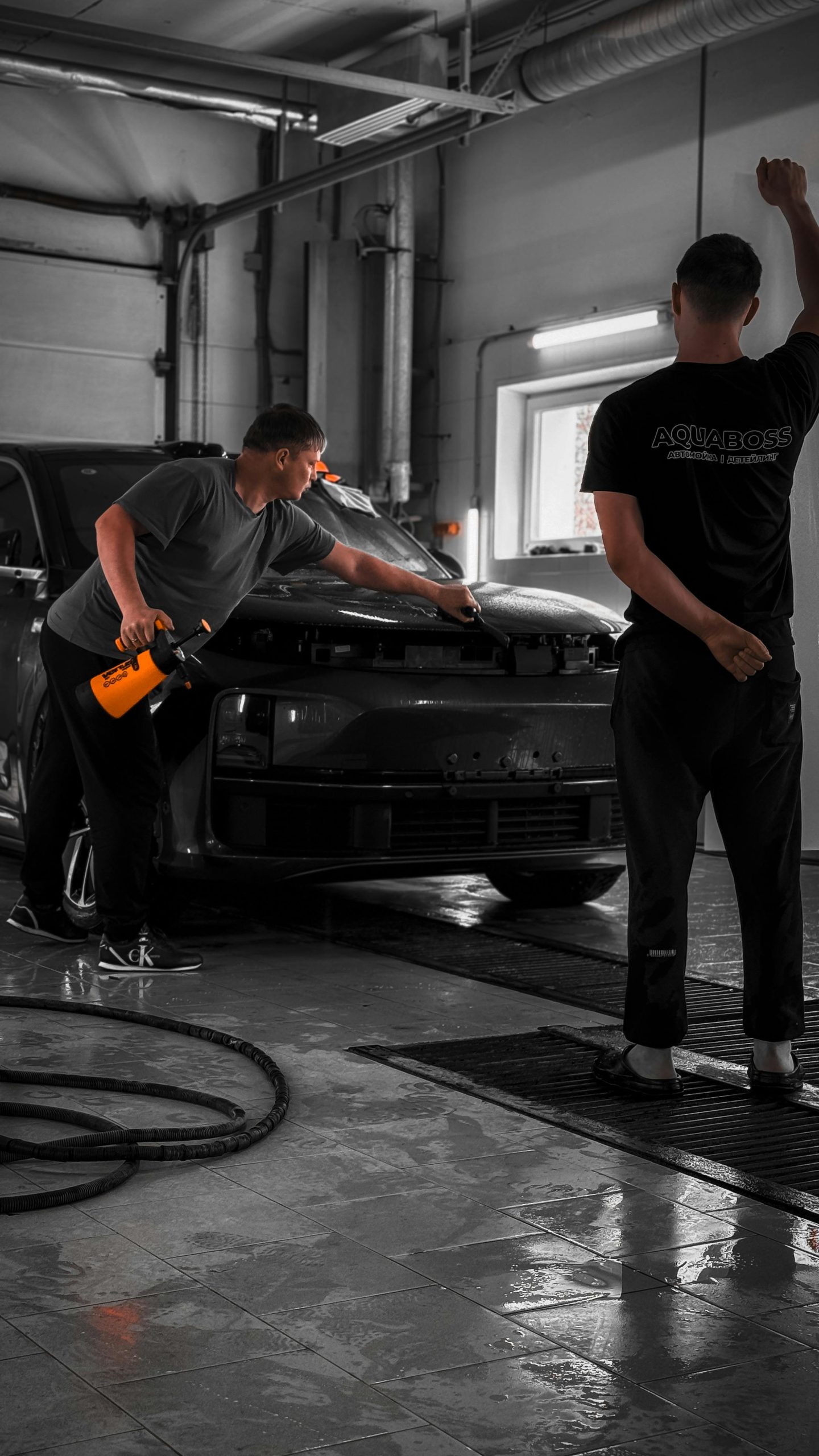Understanding Your Car Insurance Options After an Accident: A Guide
Navigating Post-Accident Insurance Claims for Your Vehicle
Experiencing a minor collision can be stressful, especially when you’re uncertain about the next steps involving insurance and repairs. If you find yourself in a similar situation, it’s essential to understand your options and the implications of each choice. Here’s a detailed overview to help you make an informed decision regarding your vehicle and insurance proceedings.
Scenario Overview
Recently involved in a minor collision where no airbags deployed, the insurance company has determined you’re not at fault. The incident occurred on the highway as another vehicle merged into your lane, causing damage primarily to the front bumper and a passenger side door that now cannot open. Fortunately, the vehicle remains drivable.
Your vehicle, a 2019 electric model, is valued between $7,500 and $9,500 in good condition based on private party estimates. The damage estimate from an authorized repair shop is approximately $9,000. The car has an outstanding loan of $12,000, and you do not carry gap insurance.
Key Concerns
- Should you allow the insurance company to inspect and repair the vehicle?
- What happens if the repair costs exceed the vehicle’s value?
- Are you entitled to detailed repair estimates?
- How do your options affect your financial responsibility and vehicle title status?
Potential Courses of Action
- Allow Insurance to Evaluate and Repair the Vehicle
You can give permission for the insurance company to send the car to an authorized repair facility for assessment and repair. If the estimated repair costs are less than the vehicle’s current market value, the insurer will typically proceed with repairs. However, stay cautious: if the repairs are close to or exceed the car’s value, insurers might consider it a total loss.
- Permit the Insurance to Total the Vehicle and Receive Compensation
If the insurer determines the repair costs surpass the vehicle’s value, they may declare it a total loss. You would then receive a payout equivalent to the car’s actual cash value minus your deductible. This payment generally goes directly to your lender to cover the remaining loan balance. Since your loan exceeds the vehicle’s value, you will still owe the difference unless you contribute additional funds.
- Accept the Total Loss Settlement and Salvage the Vehicle
Sometimes, you may opt to receive the payout and retain the damaged vehicle as salvage. This typically results in a salvage title, limiting future use unless you undergo reconditioning and



